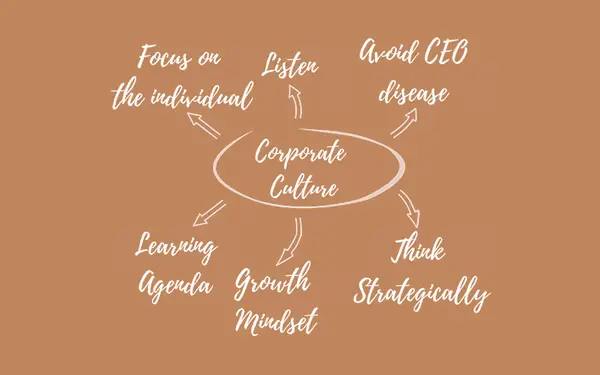Financial woes combined with a foggy vision has blurred our pathway forward. Operational matters are put under the microscope, even the basic question of where and when we work is up for debate. There are too many issues to focus on in one post. So, we will focus on one, corporate culture.
How Will a Hybrid Workforce Impact Your Corporate Culture?
First, inside any organization are many cultures. Not just one. I have coached many CEO’s and senior leaders in business and government on the importance of culture.
Here is a case study of a global automobile manufacturer with a corporate culture challenge before the COVID-19 pandemic. The CEO wanted to ensure that the corporate culture within South Korea represented the corporate culture of the headquarters company located in Germany. At first it sounded simple, but it was not.
The assignment parameters were wide open, except for employee salaries. A compensation study had recently been conducted, so there was no need to repeat it.
At the conclusion of our project, we identified the number one obstacle to an ideal corporate culture environment. There were no company policies documented or followed across the company.
The entrepreneur CEO had forbidden policy creation in the company. He wanted no policies to stifle the entrepreneur spirit. However, due to their absence, his direct reports created and implemented their own guidelines, and each leaders’ guidelines were different. Instead of having a strong corporate culture, they had a culture that fired anyone that made a mistake, which encouraged employees to hide their mistakes. This encouraged mistrust, envy, and inequality. Basically, it was a corporate culture of chaos.
You may ask what does a good corporate culture look like? In a Harvard Business Review article, culture in an organization is described as:
“Culture is the tacit social order of an organization: It shapes attitudes and behaviors in wide-ranging and durable ways. Cultural norms define what is encouraged, discouraged, accepted, or rejected within a group. When properly aligned with personal values, drives, and needs, culture can unleash tremendous amounts of energy toward a shared purpose and foster an organization’s capacity to thrive.”
Good corporate cultures just don’t happen; they are systematically designed and developed. Here are a few ideas to consider in the development of a corporate culture.




